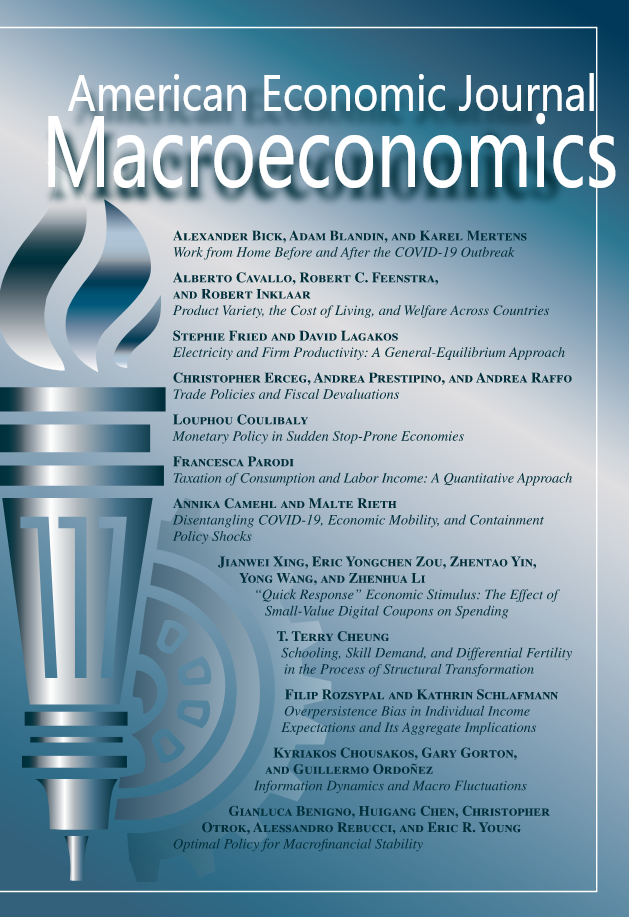声誉、救助和利差动态
IF 5.7
1区 经济学
Q1 ECONOMICS
引用次数: 1
摘要
我们提出了利率动态和救助决策的联合理论。利差是由时变的基本面和对未来纾困的预期驱动的。私人代理人不确定政府是否愿意救助,并通过观察其行为来学习。该模型解释了为什么我们观察到政府最初拒绝在危机开始时救助借款人,即使它们最终在危机恶化后提供了救助。典型的均衡结果显示出驼峰形的利差和传染性,就像美国金融危机和欧洲债务危机的情况一样。(jel e43, g01, g21, h63, h81)本文章由计算机程序翻译,如有差异,请以英文原文为准。
Reputation, Bailouts, and Interest Rate Spread Dynamics
We propose a joint theory for interest rate dynamics and bailout decisions. Interest rate spreads are driven by time-varying fundamentals and expectations of future bailouts. Private agents are uncertain about the government's willingness to bail out and learn by observing its actions. The model provides an explanation for why we observe governments initially refusing to bail out borrowers at the beginning of a crisis even if they eventually end up providing a bailout after the crisis aggravates. The typical equilibrium outcome displays hump-shaped spreads and contagion as was the case in the US financial and European debt crises. (JEL E43, G01, G21, H63, H81)
求助全文
通过发布文献求助,成功后即可免费获取论文全文。
去求助
来源期刊

American Economic Journal-Macroeconomics
ECONOMICS-
CiteScore
8.20
自引率
1.70%
发文量
58
期刊介绍:
American Economic Journal: Macroeconomics focuses on studies of aggregate fluctuations and growth, and the role of policy in that context. Such studies often borrow from and interact with research in other fields, such as monetary theory, industrial organization, finance, labor economics, political economy, public finance, international economics, and development economics. To the extent that they make a contribution to macroeconomics, papers in these fields are also welcome.
 求助内容:
求助内容: 应助结果提醒方式:
应助结果提醒方式:


